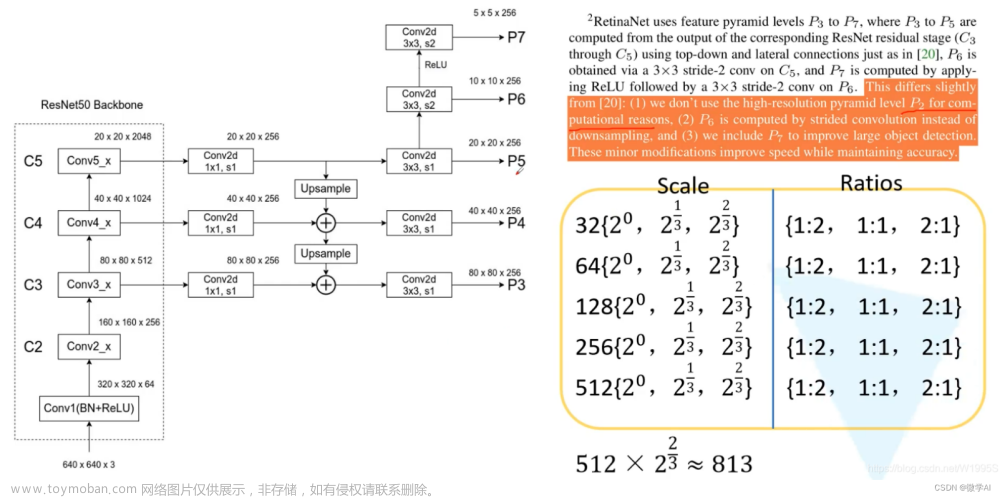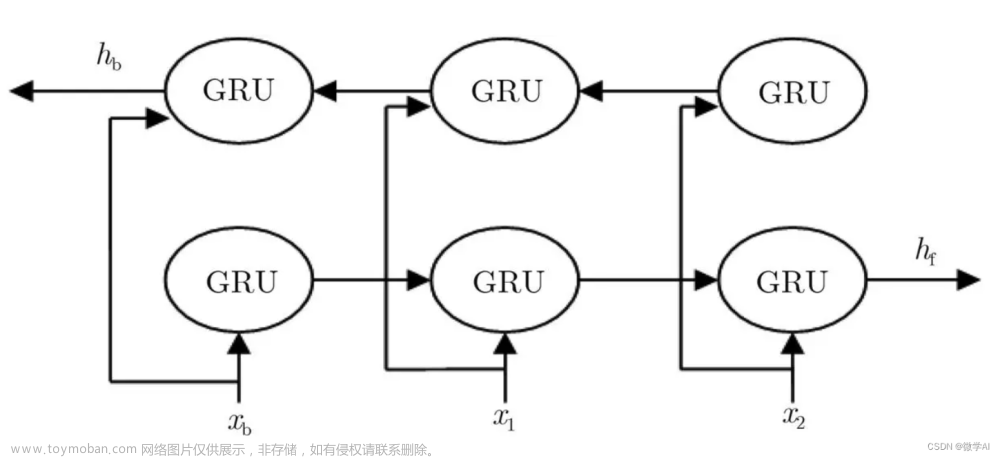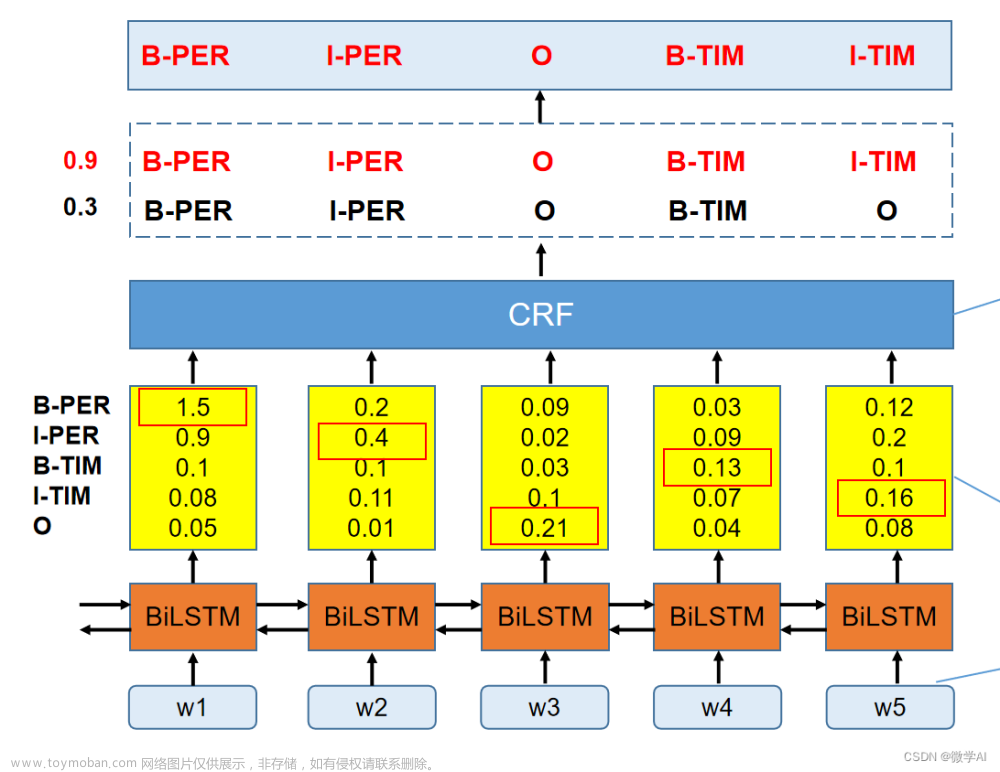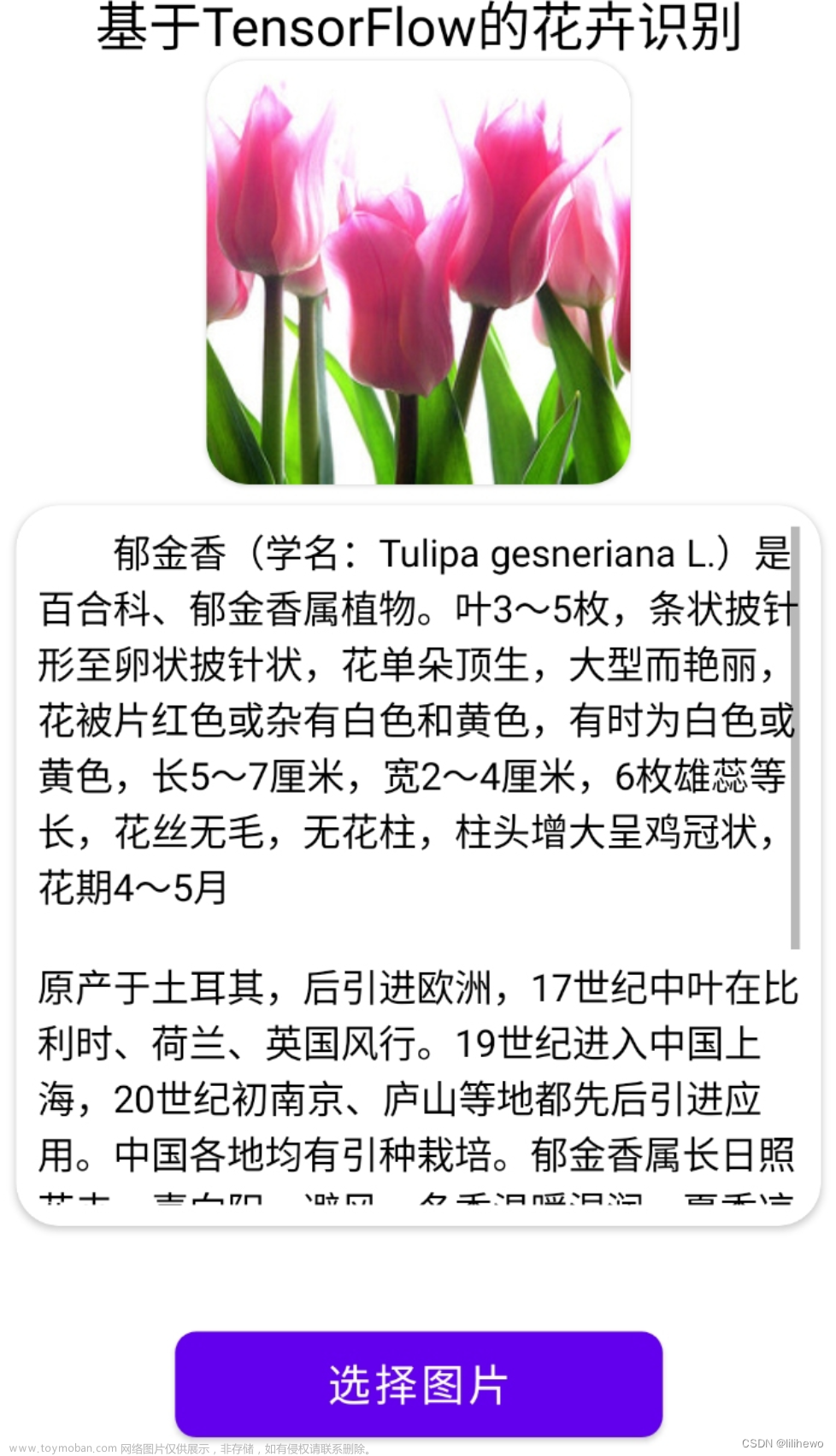简介
处理数据样本的代码可能会变得混乱且难以维护;理想情况下,我们希望我们的数据集代码与模型训练代码解耦,以提高可读性和模块化。PyTorch提供了两个数据原语:torch.utils.data.DataLoader和torch.utils.data.Dataset,允许您使用预加载的数据集以及您自己的数据。Dataset存储样本及其相应的标签,DataLoader在Dataset周围包装一个可以可以方便地访问样本。
PyTorch域库提供一些预加载的数据集(如FashionMNIST),该子类为torch.utils.data.Dataset,并实现特定于特定数据的功能。它们可用于原型和基准测试您的模型。您可以在这里找到它们:图像数据集、文本数据集和音频数据集
加载数据集
以下是如何从TorchVision加载Fashion-MNIST数据集的示例。Fashion-MNIST是Zalando文章图像的数据集,包括60,000个训练示例和10,000个测试示例。每个示例都包括一个28×28的灰度图像和来自10个班级之一的相关标签。
我们用以下参数加载FashionMNIST数据集:
- root是存储火车/测试数据的路径,
- train指定训练或测试数据集,
- download=True如果root上没有数据,则从互联网上下载数据。
- transform和target_transform指定功能和标签转换
import torch
from torch.utils.data import Dataset
from torchvision import datasets
from torchvision.transforms import ToTensor
import matplotlib.pyplot as plt
training_data = datasets.FashionMNIST(
root="data",
train=True,
download=True,
transform=ToTensor()
)
test_data = datasets.FashionMNIST(
root="data",
train=False,
download=True,
transform=ToTensor()
)
Downloading http://fashion-mnist.s3-website.eu-central-1.amazonaws.com/train-images-idx3-ubyte.gz
Downloading http://fashion-mnist.s3-website.eu-central-1.amazonaws.com/train-images-idx3-ubyte.gz to data/FashionMNIST/raw/train-images-idx3-ubyte.gz
0%| | 0/26421880 [00:00<?, ?it/s]
0%| | 65536/26421880 [00:00<01:12, 363720.69it/s]
1%| | 229376/26421880 [00:00<00:38, 682917.83it/s]
3%|3 | 917504/26421880 [00:00<00:12, 2109774.93it/s]
12%|#2 | 3211264/26421880 [00:00<00:03, 6286038.17it/s]
28%|##8 | 7438336/26421880 [00:00<00:01, 14838321.45it/s]
41%|#### | 10747904/26421880 [00:00<00:00, 16477772.21it/s]
57%|#####7 | 15138816/26421880 [00:01<00:00, 22904288.96it/s]
71%|####### | 18644992/26421880 [00:01<00:00, 21979092.87it/s]
92%|#########2| 24346624/26421880 [00:01<00:00, 30077676.52it/s]
100%|##########| 26421880/26421880 [00:01<00:00, 18141478.99it/s]
Extracting data/FashionMNIST/raw/train-images-idx3-ubyte.gz to data/FashionMNIST/raw
Downloading http://fashion-mnist.s3-website.eu-central-1.amazonaws.com/train-labels-idx1-ubyte.gz
Downloading http://fashion-mnist.s3-website.eu-central-1.amazonaws.com/train-labels-idx1-ubyte.gz to data/FashionMNIST/raw/train-labels-idx1-ubyte.gz
0%| | 0/29515 [00:00<?, ?it/s]
100%|##########| 29515/29515 [00:00<00:00, 327742.46it/s]
Extracting data/FashionMNIST/raw/train-labels-idx1-ubyte.gz to data/FashionMNIST/raw
Downloading http://fashion-mnist.s3-website.eu-central-1.amazonaws.com/t10k-images-idx3-ubyte.gz
Downloading http://fashion-mnist.s3-website.eu-central-1.amazonaws.com/t10k-images-idx3-ubyte.gz to data/FashionMNIST/raw/t10k-images-idx3-ubyte.gz
0%| | 0/4422102 [00:00<?, ?it/s]
1%|1 | 65536/4422102 [00:00<00:11, 363330.31it/s]
5%|5 | 229376/4422102 [00:00<00:06, 684189.84it/s]
21%|##1 | 950272/4422102 [00:00<00:01, 2195763.19it/s]
87%|########6 | 3833856/4422102 [00:00<00:00, 7634326.84it/s]
100%|##########| 4422102/4422102 [00:00<00:00, 6105857.14it/s]
Extracting data/FashionMNIST/raw/t10k-images-idx3-ubyte.gz to data/FashionMNIST/raw
Downloading http://fashion-mnist.s3-website.eu-central-1.amazonaws.com/t10k-labels-idx1-ubyte.gz
Downloading http://fashion-mnist.s3-website.eu-central-1.amazonaws.com/t10k-labels-idx1-ubyte.gz to data/FashionMNIST/raw/t10k-labels-idx1-ubyte.gz
0%| | 0/5148 [00:00<?, ?it/s]
100%|##########| 5148/5148 [00:00<00:00, 37228063.78it/s]
Extracting data/FashionMNIST/raw/t10k-labels-idx1-ubyte.gz to data/FashionMNIST/raw
迭代和可视化数据集
我们可以像列表一样手动索引Datasets:training_data[index]。我们使用matplotlib在训练数据中可视化一些样本。
labels_map = {
0: "T-Shirt",
1: "Trouser",
2: "Pullover",
3: "Dress",
4: "Coat",
5: "Sandal",
6: "Shirt",
7: "Sneaker",
8: "Bag",
9: "Ankle Boot",
}
figure = plt.figure(figsize=(8, 8))
cols, rows = 3, 3
for i in range(1, cols * rows + 1):
sample_idx = torch.randint(len(training_data), size=(1,)).item()
img, label = training_data[sample_idx]
figure.add_subplot(rows, cols, i)
plt.title(labels_map[label])
plt.axis("off")
plt.imshow(img.squeeze(), cmap="gray")
plt.show()

为您的文件创建自定义数据集
自定义数据集类必须实现三个函数:
__init__、__len__和__getitem__
。看看这个实现;FashionMNIST图像存储在目录img_dir中,其标签单独存储在CSV文件annotations_file。
在接下来的章节中,我们将分解每个函数中发生的事情。
import os
import pandas as pd
from torchvision.io import read_image
class CustomImageDataset(Dataset):
def __init__(self, annotations_file, img_dir, transform=None, target_transform=None):
self.img_labels = pd.read_csv(annotations_file)
self.img_dir = img_dir
self.transform = transform
self.target_transform = target_transform
def __len__(self):
return len(self.img_labels)
def __getitem__(self, idx):
img_path = os.path.join(self.img_dir, self.img_labels.iloc[idx, 0])
image = read_image(img_path)
label = self.img_labels.iloc[idx, 1]
if self.transform:
image = self.transform(image)
if self.target_transform:
label = self.target_transform(label)
return image, label
__init__
实例化数据集对象时,__init__函数运行一次。我们初始化包含图像、注释文件和两个转换的目录(下一节将更详细地介绍)。
def __init__(self, annotations_file, img_dir, transform=None, target_transform=None):
self.img_labels = pd.read_csv(annotations_file)
self.img_dir = img_dir
self.transform = transform
self.target_transform = target_transform
__len__
__len__函数返回我们数据集中的样本数。
def __len__(self):
return len(self.img_labels)
__getitem__
__getitem__函数加载并返回给定索引idx的数据集的样本。基于索引,它识别图像在磁盘上的位置,使用read_image将其转换为张量,从self.img_labels中的csv数据中检索相应的标签,调用其上的转换函数(如果适用),并在元组中返回张量图像和相应标签。
def __getitem__(self, idx):
img_path = os.path.join(self.img_dir, self.img_labels.iloc[idx, 0])
image = read_image(img_path)
label = self.img_labels.iloc[idx, 1]
if self.transform:
image = self.transform(image)
if self.target_transform:
label = self.target_transform(label)
return image, label
准备您的数据以使用DataLoaders进行训练
Dataset检索我们数据集的功能,并一次标记一个样本。在训练模型时,我们通常希望以“迷你批次”传递样本,在每个时代重新洗牌数据以减少模型过拟合,并使用Pythonmultiprocessing来加快数据检索速度。
DataLoader是一个可以在一个简单的API中为我们抽象这种复杂性的可以进行的。
from torch.utils.data import DataLoader
train_dataloader = DataLoader(training_data, batch_size=64, shuffle=True)
test_dataloader = DataLoader(test_data, batch_size=64, shuffle=True)
通过DataLoader进行遍载
我们已经将该数据集加载到DataLoader,可以根据需要迭代数据集。下面的每个迭代都会返回一批train_features和train_labels(分别包含batch_size=64特征和标签)。因为我们指定了shuffle=True,在我们遍复所有批次后,数据被洗牌(为了更精细地控制数据加载顺序,请查看采样器)。文章来源:https://www.toymoban.com/news/detail-839515.html
# Display image and label.
train_features, train_labels = next(iter(train_dataloader))
print(f"Feature batch shape: {train_features.size()}")
print(f"Labels batch shape: {train_labels.size()}")
img = train_features[0].squeeze()
label = train_labels[0]
plt.imshow(img, cmap="gray")
plt.show()
print(f"Label: {label}")
 文章来源地址https://www.toymoban.com/news/detail-839515.html
文章来源地址https://www.toymoban.com/news/detail-839515.html
Feature batch shape: torch.Size([64, 1, 28, 28])
Labels batch shape: torch.Size([64])
Label: 5
到了这里,关于pytorch升级打怪(三)的文章就介绍完了。如果您还想了解更多内容,请在右上角搜索TOY模板网以前的文章或继续浏览下面的相关文章,希望大家以后多多支持TOY模板网!













